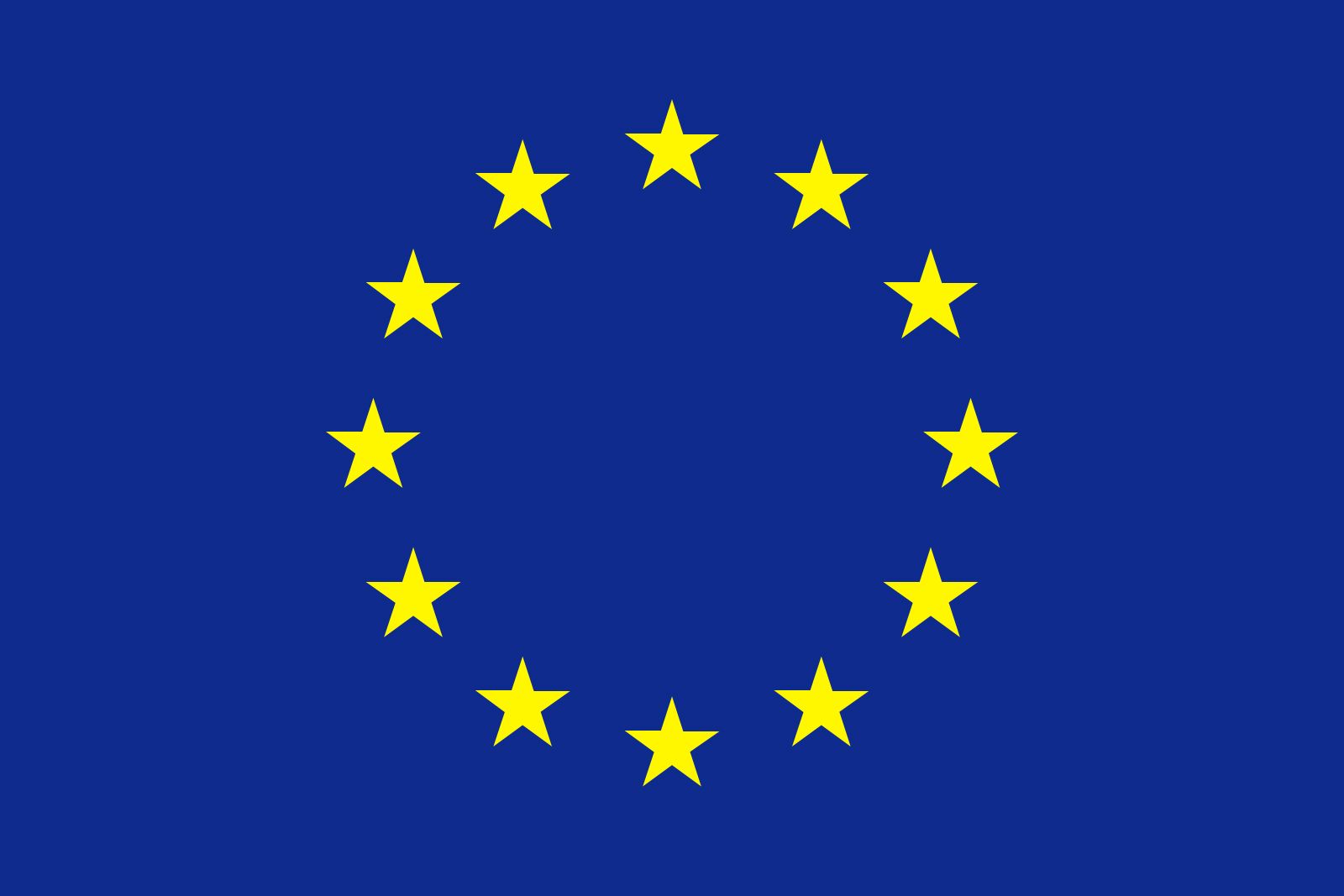The European Union (EU) has solidified its strategic stance by backing France as the principal site for the International Thermonuclear Experimental Reactor (ITER), marking a seminal milestone in the pursuit of nuclear fusion technology. This monumental project aspires to harness the fundamental processes that power the sun, opening avenues for boundless, clean energy. The decision underscores not only France’s pivotal role in this international endeavor but also the EU’s commitment to pioneering advancements in sustainable energy solutions.
At the heart of this initiative lies ITER’s core objective: to demonstrate the viability of nuclear fusion as a practical energy source. Fusion, the process that combines light atomic nuclei to form heavier ones, releases immense amounts of energy. This phenomenon has long been recognized for its potential to provide an inexhaustible fuel supply, with deuterium and tritium—the primary fuels used in fusion—abundant in seawater and lithium. The successful implementation of this technology could significantly mitigate the greenhouse gas emissions prevalent in fossil fuel consumption, thereby addressing some of the critical challenges posed by climate change.
The choice of France as the ITER site speaks volumes about the nation’s established capabilities and her longstanding history of involvement in nuclear science. The ITER facility, situated in Cadarache, Provence, is emblematic of European scientific collaboration and ambition. The EU’s endorsement of France also reflects a broader agenda of unity among its member states to spearhead significant advancements in energy technologies that transcend national boundaries.
As construction of the ITER facility progresses, it garners extensive attention from various sectors, including academia, industry, and governmental bodies. The project epitomizes the confluence of multiple disciplines—physics, engineering, materials science, and environmental studies. Each discipline contributes to a multifaceted understanding of the challenges and potentialities presented by fusion energy. Consequently, readers can anticipate a rich array of content surrounding ITER, as different stakeholders engage in discourse concerning its societal implications, technical hurdles, and economic prospects.
One aspect that merits attention is the technological advancements necessitated by the ITER project. Engineering innovations, particularly in superconducting magnets, plasma containment, and reactant fueling systems, constitute integral components of ITER’s architecture. The precision needed to achieve and maintain the conditions suitable for fusion—extreme temperatures exceeding 150 million degrees Celsius and appropriate plasma confinement—is a colossal challenge. Consequently, engineers and physicists are tasked with the development of novel materials capable of withstanding such extreme conditions while also being efficient and cost-effective.
The implications of successful fusion energy deployment extend beyond mere energy generation. Environmentalists, economists, and policymakers engage with the notion that ITER could catalyze significant shifts toward renewable energy frameworks. A successful fusion reactor would provide a reliable energy output, relatively independent of the fluctuating intermittency associated with solar and wind energy. This reliability is particularly crucial in scenarios where energy demand must be met consistently, laying the groundwork for a more resilient energy grid.
Moreover, the scientific community views ITER not merely as an experimental facility but as a platform for international collaboration. The multicultural consortium behind ITER incorporates contributions from 35 nations, including members from the EU, the United States, China, India, Japan, and South Korea. This collaborative framework fosters a unique exchange of knowledge and expertise, bridging cultural and scientific paradigms. Consequently, ITER is positioned not only as a significant leap towards fusion energy but also as an enduring emblem of global cooperation and shared objectives in science and technology.
Patents and intellectual property stemming from the ITER project and its associated technologies could stimulate economic growth in sectors far beyond fusion. Innovations developed during the lifecycle of the project may find applications in healthcare, materials engineering, and nanotechnology. As such, the economic discourse surrounding ITER will likely explore diverse angles, from public funding to private sector investments, emphasizing the potential return on investment through technological spillover.
Responses to the ITER initiative are diverse, echoing through various platforms—ranging from scientific literature and governmental reports to public forums and social media discussions. Readers can expect comprehensive evaluations and critiques, encompassing optimistic projections of fusion energy’s capabilities and critical assessments of the challenges that lie ahead. The dialogue surrounding ITER is vibrant, with themes of reliability, risk mitigation, and societal acceptance all playing significant roles in shaping public perception.
Lastly, education remains a cornerstone of the ITER narrative. The project presents an educational conduit for enthusiasts and scholars alike, generating interest in physics and engineering disciplines among the younger generation. By inspiring future scientists and engineers, ITER champions the notion that international collaborative endeavors can result in expansive benefits that resonate through future generations. Public outreach programs associated with ITER aim to disseminate knowledge and foster a deeper understanding of nuclear fusion and its profound implications.
In conclusion, the EU’s backing of France as the ITER site is a pivotal moment for Europe, marking an optimistic stride toward achieving sustainable energy through nuclear fusion. The intricacies involved in this multifaceted project encapsulate a broad spectrum of perspectives—scientific, practical, and socio-economic. As ITER progresses, it promises to redefine the energy landscape, offering the prospect of a brighter, cleaner future steeped in collaborative scientific achievement.












